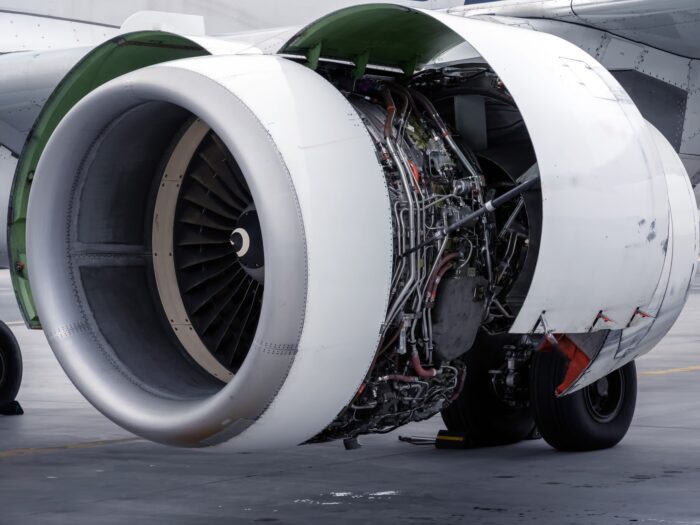Aviation Insurance Market Faces Uncertainties in 2025

The global aviation insurance market enters 2025 with abundant capacity but faces mounting challenges from recent aircraft accidents and unresolved Russia-Ukraine aircraft leasing claims, signaling potential market shifts ahead, according to a renewals analysis from WTW.
The aviation insurance market at the start of 2025 saw abundant capacity for buyers. This resilience comes even as the industry grapples with its first major loss of a U.S. commercial jet since 2009, following the tragic collision between an American Airlines flight and a military helicopter in January, resulting in 67 fatalities.
The aviation reinsurance sector, which has demonstrated robust performance in recent years, has contributed to maintaining buoyant capacity in the aviation insurance market.
“There is a suggestion from the market that some insurers with a spring renewal looked to renew their reinsurance treaties ahead of time, retaining their anniversary date but accessing reinsurers at the end of 2024. This enabled them to negotiate at a time when reinsurers were less diverted by the potential ramifications of decisions in the lessor court cases,” noted Charles Hollingworth, executive director of Global Aviation & Space for WTW.
As 2025 unfolds, the aviation insurance market appears poised for continued rate reductions, at least in the early months, WTW noted. This trend follows the momentum established in the final quarter of 2024. However, the intense competition for premium income that characterized late 2024 is expected to moderate as aviation insurers reassess their positions.
Also, due to limited aviation renewal activity typically seen in the first two quarters of the year, it is challenging to discern a clear market direction. This uncertainty is compounded by the potential impact of the American Airlines incident and the ongoing court cases involving leased aircraft seized during the Russia-Ukraine conflict, according to the report.
Key Challenges and Risk Factors
The report looked at several challenges and risk concerns relevant to the global aviation insurance market.
Russia/Ukraine Aircraft Leasing Issue:
The aviation insurance market faces potentially significant losses as court cases related to hundreds of leased aircraft seized during the Russia-Ukraine crisis continue. The outcome of these cases seeking coverage for the seized airplanes could significantly impact the reinsurance market, potentially leading to a reduction in capacity for the direct aviation market, WTW stated.
Inflation Squeezes Insurer Margins:
Rising costs of attritional claims are eating away at aviation insurer margins, according to the report. These smaller claims, which typically fall below the threshold for reinsurance coverage, are estimated to represent between 50% and 66% of the total annual global premium, WTW said. Inflationary pressure on these costs is leaving insurers with less financial cushion to cover major loss events, prompting a renewed focus on risk mitigation strategies.
Recent Aviation Incidents:
The collision between an American Airlines flight and a military helicopter in January, resulting in 67 fatalities, marks the first total loss of a U.S.-registered commercial jet in the country since 2009, according to WTW. While the investigation is ongoing, the incident is expected to have significant implications for liability claims in the aviation market.
Additionally, recent aviation losses in Azerbaijan and South Korea in December have put further pressure on the industry, highlighting the need for continued scrutiny of composite airframe repair costs, high-value engines, and the effects of inflation on liability claims, the report cautioned.
Market Segment Analysis and Outlook
Excess AVN52E Market:
The AVN52E excess liability market has entered a new phase of competition, with fresh entrants challenging established players. This influx of new capacity has created a more dynamic environment for aviation insurance buyers, WTW said. Despite the increased competition, a pricing floor remains in place, closely aligned with the cost of capital. While surplus capacity exists for these placements, insurers appear unwilling to drop prices below a level they deem adequate for the risk exposure, the report said.
Hull War Insurance:
The hull war insurance segment of the aviation insurance market is experiencing significant disruption as new market entrants vie for position against longstanding insurers. This intense competition has driven the market into rate reduction territory, creating potential opportunities for buyers, according to WTW.
View the full WTW report here. &










